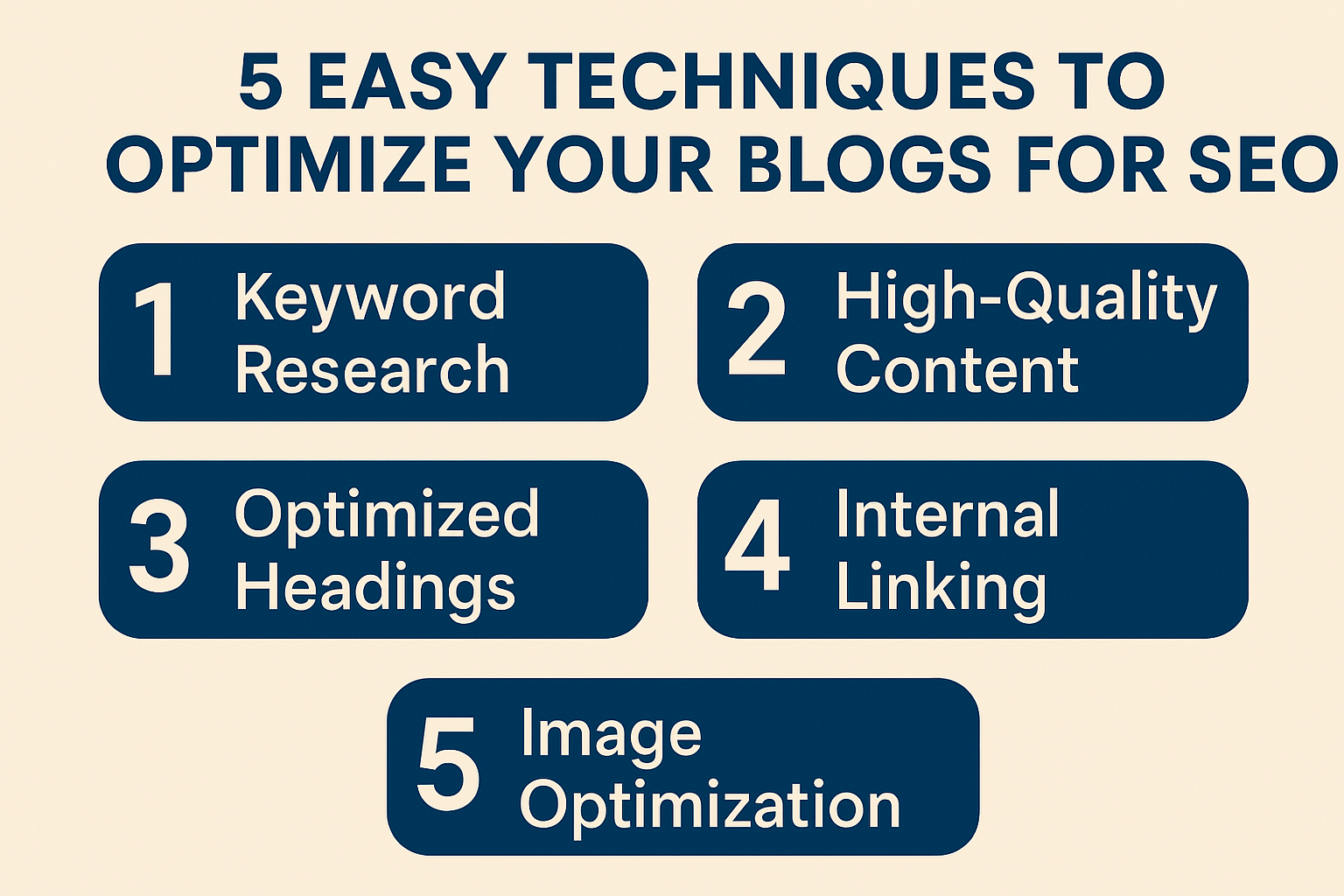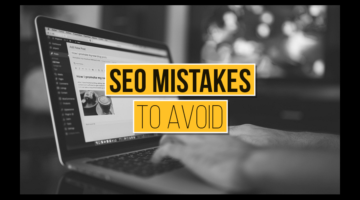How to be Found Online: A Web Designer’s Guide for New Businesses in Kansas City, Missouri
Getting Your New Business Found Online: A Web Designer’s Guide for Kansas City Entrepreneurs
Starting a new business in Kansas City, Missouri, is an exciting journey. Whether you’re opening a brick-and-mortar store in the Crossroads, launching an e-commerce clothing boutique, or building a service-based company, your success depends heavily on how easily potential customers can find you online.
Today, nearly every consumer begins their buying journey on Google or Bing, searching for local services, products, and reviews before making a purchase decision. That means one of your first steps as a new business owner should be building a professional website. But where do you start? Should you try to design the site yourself, or should you hire an experienced Kansas City web designer?
This guide will walk you through the five essential steps to launching your business online—from choosing your domain name to promoting your site with SEO, social media, and digital marketing strategies.
Step 1: Choosing the Right Domain Name
Your domain name is your business’s online address—the URL customers type into their browser to visit your site (e.g., www.kcflowershop.com). Choosing the right one is critical for branding, SEO, and ease of recall.
Tips for selecting a strong domain name:
-
Keep it concise and straightforward—avoid using long or complicated words.
-
Make it easy to spell and remember.
-
Include a keyword related to your business if possible (e.g., kcdentalcare.com).
-
Stick with trusted extensions such as .com, .net, or .org.
-
Avoid using hyphens and numbers, as they can confuse customers.
Once you’ve chosen your domain name, register it through services like GoDaddy, Google Domains, or Namecheap. This step secures your online identity and ensures no one else can use it.
Step 2: Choosing a Reliable Web Host
After selecting a domain, you’ll need a web hosting provider. Hosting companies provide the server space and bandwidth necessary for your site to load when users type in your URL.
What to look for in a web host:
-
Uptime guarantee of at least 99.9% to ensure your site is always available.
-
Fast load speeds are essential for both SEO and user experience.
-
Scalability to support your hosting as your business expands.
-
Security features like SSL certificates, firewalls, and malware protection.
-
Excellent customer support is available in case you encounter any technical issues.
Popular options include SiteGround, Bluehost, and WP Engine, especially if you’re building on WordPress (the most common CMS for small business websites).
Step 3: Designing Your Website
With your domain and hosting secured, it’s time to design your website. This is often where new business owners feel overwhelmed—should you DIY using a website builder, or hire a professional web designer?
DIY Website Builders:
Platforms like Wix, Squarespace, and Shopify make it simple to create a site without technical skills. They’re great for startups on a tight budget but may lack advanced customization and SEO flexibility.
Hiring a Professional Kansas City Web Designer:
Working with a local web design company ensures your site is:
-
Professionally branded with custom layouts and graphics.
-
Mobile-responsive, so it works on all devices.
-
Optimized for SEO, giving you a head start in Google rankings.
-
Conversion-focused, turning visitors into paying customers.
Think of your website as your hardest-working employee—it works 24/7 to attract and convert customers. A poorly designed website can hurt your credibility, while a polished, professional one builds trust and encourages action.
Step 4: Launching Your Website
Before going live, make sure you’ve:
-
Proofread all content for accuracy and grammar.
-
Optimized titles, descriptions, and headings with SEO keywords.
-
Included calls-to-action like “Book Now,” “Shop Online,” or “Get a Free Quote.”
-
Tested the site on desktop, tablet, and mobile devices.
-
Installed Google Analytics and Google Search Console to track performance.
Once everything looks perfect, hit the publish button and celebrate—your Kansas City business is officially online! However, remember that launching is only the beginning.
Step 5: Promoting Your Website
Even the best-designed website won’t succeed without promotion. This is where digital marketing and SEO (Search Engine Optimization) play a crucial role.
Search Engine Optimization (SEO)
SEO is the process of optimizing your website to improve its ranking in search engines. For Kansas City businesses, local SEO is crucial because most customers search for location-based keywords, such as “Kansas City plumber” or “best web design agency near me.”
Key SEO tactics include:
-
Optimizing titles, meta descriptions, and headers with target keywords.
-
Publishing high-quality content like blogs, FAQs, and service pages.
-
Building backlinks from trusted websites.
-
Creating a Google Business Profile with accurate contact info.
-
Collecting favorable reviews, which influence both rankings and customer trust.
Content Marketing
Publishing helpful and informative content builds your authority and keeps your website fresh for SEO purposes. For example:
-
A florist could post articles on “Top 10 Wedding Flowers for Kansas City Brides.”
-
A law firm might publish “What to Do After a Car Accident in Missouri.”
-
A boutique could share “5 Summer Fashion Trends for Kansas City Shoppers.”
Regular content not only helps you rank but also attracts customers searching for information.
Social Media Marketing
Platforms like Facebook, Instagram, LinkedIn, and TikTok help you reach local audiences. By sharing updates, promotions, and blog content, you’ll drive traffic back to your website and engage with potential customers.
Pay-Per-Click (PPC) Advertising
PPC campaigns, such as Google Ads or Facebook Ads, put your business directly in front of potential customers. With PPC, you only pay when someone clicks on your ad, making it a cost-effective way to gain quick visibility while your organic SEO grows.
Why SEO Matters After Launch
Many new business owners think their job is done once their website is live. In reality, that’s when the real digital marketing work begins. SEO provides long-term benefits such as:
-
Improved search rankings → Appear at the top of Google for local business searches.
-
Better user experience → Faster load times, mobile-friendly layouts, and easy navigation.
-
Increased traffic → More visitors mean more opportunities to convert into customers.
-
Stronger brand authority → A top-ranking site signals trustworthiness to potential customers.
Without SEO, your website risks getting buried beneath competitors who invested in optimization.
Final Thoughts: Building a Strong Online Presence in Kansas City
Launching a business in Kansas City is exciting, but standing out in today’s competitive digital landscape requires more than just a website. By following the five steps—choosing a domain name, finding reliable hosting, designing a professional site, launching with confidence, and promoting with SEO and marketing—you’ll set your new business on a path toward online visibility and long-term growth.
Remember: your website is your digital storefront. Invest in it, optimize it, and promote it, and you’ll watch your Kansas City business grow, one click at a time.














